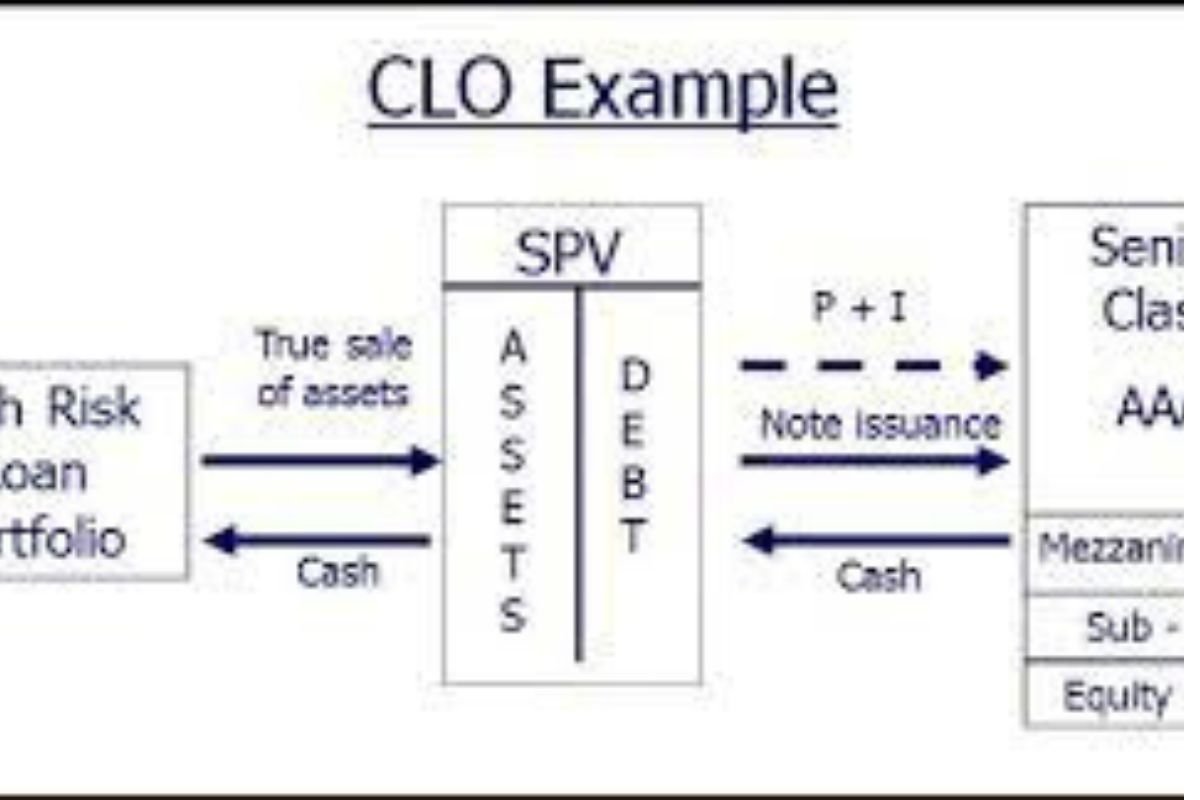Understanding Loan Forbearance Agreements
Loan forbearance agreements offer a lifeline to borrowers experiencing financial hardship, providing temporary relief and flexibility in managing their loan payments.
What is a Loan Forbearance Agreement?
A loan forbearance agreement is a contractual arrangement between a lender and a borrower that allows the borrower to temporarily postpone or reduce their loan payments. It provides a structured solution for borrowers facing financial challenges, enabling them to navigate difficult times without defaulting on their loans or facing foreclosure.
How Does Loan Forbearance Work?
When a borrower experiences financial hardship, they can request a loan forbearance from their lender. The borrower must demonstrate their inability to make full loan payments due to circumstances beyond their control. Upon review, the lender may grant a forbearance, temporarily adjusting the terms of the loan to provide relief to the borrower.
During the forbearance period, the borrower may be allowed to make reduced payments, make no payments at all, or temporarily suspend payments altogether, depending on the terms negotiated with the lender. The forbearance period typically lasts for a specified duration, after which the borrower is expected to resume regular loan payments.
Types of Forbearance Agreements
There are two primary types of forbearance agreements: general forbearance and mortgage forbearance.
General Forbearance: General forbearance is commonly used for short-term financial difficulties, such as temporary unemployment or unexpected medical expenses. It provides borrowers with temporary relief from making full loan payments, allowing them to manage their finances during challenging times.
Mortgage Forbearance: Mortgage forbearance specifically applies to home loans. Homeowners facing financial hardship, such as job loss or illness, can request mortgage forbearance to temporarily suspend or reduce their mortgage payments, providing relief from the financial burden of homeownership.

Key Considerations for Borrowers
When considering a loan forbearance agreement, borrowers should keep the following factors in mind:
- Communication with the Lender: Open and honest communication with the lender is essential. Borrowers should proactively reach out to their lenders to discuss their financial challenges and explore options for loan forbearance.
- Impact on Credit Score: While loan forbearance can provide temporary relief, it may have implications for the borrower’s credit score. Borrowers should understand how forbearance affects their credit and future borrowing opportunities.
- Temporary Relief vs. Long-Term Solutions: Forbearance agreements offer temporary relief and may not address the underlying financial issues causing the hardship. Borrowers should explore long-term financial solutions to address their financial challenges effectively.
Conclusion
Loan forbearance agreements play a crucial role in providing temporary relief to borrowers facing financial hardship. By temporarily adjusting the terms of the loan, forbearance agreements help borrowers navigate challenging times without defaulting on their loans or facing foreclosure. However, borrowers should approach forbearance with careful consideration, understanding the terms and implications of the agreement, and exploring long-term financial solutions to address their financial challenges effectively. Effective communication with lenders and proactive financial management are key to successfully navigating loan forbearance agreements.



